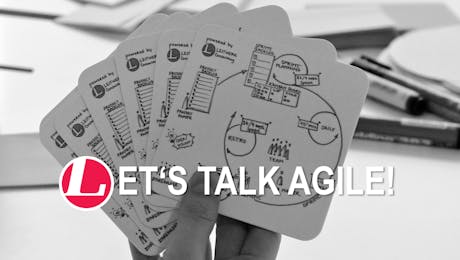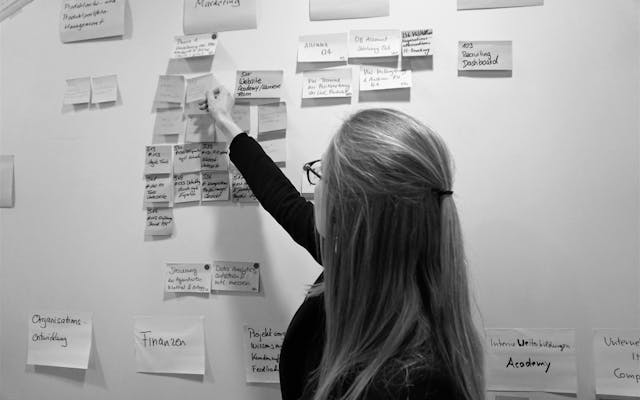OUR ‘LET'S TALK AGILE!’ MEETUP SERIES CONTINUES!
In May 2021, we launched the digital lecture and discussion series ‘Let's talk agile!’ on the Meetup platform.
What motivated us to do this?
The key insight from our work in agile teams and organisations is that the idea of continuous development must also be applied to oneself. Ambiguity requires continuous learning, rethinking and reorganisation and increases the relevance of exchange and networking with others.
We know that successful work in an agile organisational environment requires courageous trial and error and experimentation. Anyone who engages with agile working is aware of the numerous benefits as well as the challenges, which can vary greatly depending on the environment. Working in an agile context is about continuous learning and having the courage to admit mistakes and draw new things from them.
The fourth discussion round with Klaus Wybranietz will deal with the topic ‘Value Cycle Loop and how it works’. Look forward to next year's Meetups!



